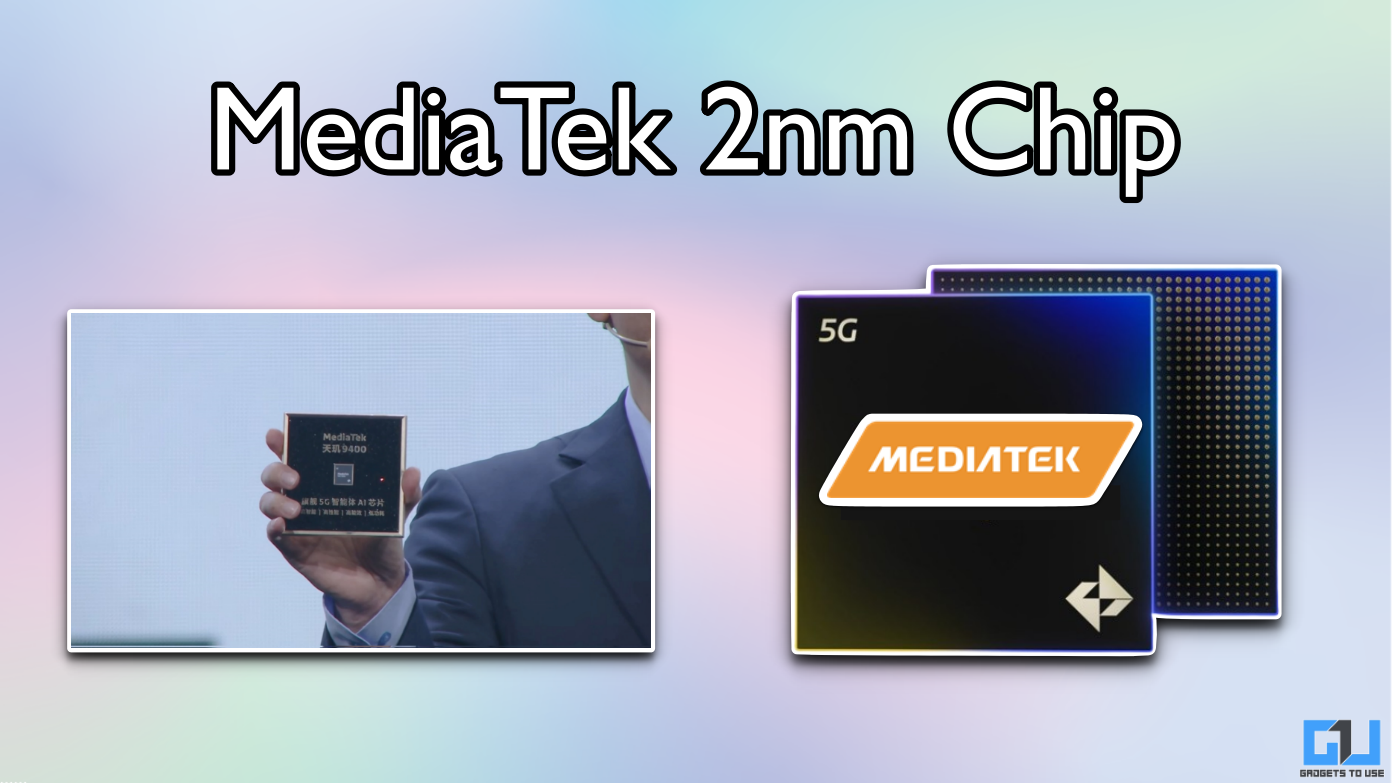Quick Answer
- OnePlus have, since forever, maintained that the One (referred to as ‘OPO’ in the rest of the article) is all about the user experience, and not only a specs sheet to boast of.
- Another thing that makes the OPO an object of desire is the fact that it will be the first phone to officially run CyanogenMod out of the box.
- The device is launched at an incredible price of just $299 for the 16GB version ($349 for 64GB), which, if I’m not wrong, makes it the most affordable smartphone with 3GB of RAM.
OnePlus was virtually an unheard-of startup up until about two months back, at least as far as the general junta is concerned. At most, people thought of OnePlus as an HTC phone which would succeed the M7 that launched last year.
But, the hardware startup from China has managed to make a name for itself in no time. We’d go as far as to say that we cannot recall another startup that managed to rise as rapidly as OnePlus. However, there are two sides to the coin.
In order to achieve this recognition and anticipation, OnePlus pulled off various marketing tricks in the past few months. While most paid off, and paid off well, some backfired for the company resulting in some badmouthing. This is even worse for a company which doesn’t have a lot to spend on ‘mainstream’ marketing, relying on word-of-mouth publicity.
The Good
OnePlus have, since forever, maintained that the One (referred to as ‘OPO’ in the rest of the article) is all about the user experience, and not only a specs sheet to boast of. However, as the company revealed the specifications bit by bit, we were convinced it is not only the experience the company is looking after. Once the entire sheet was revealed, the OPO specs sheet made for quite a read, comprising of internals such as – a 5.5-inch screen, 3GB RAM, Snapdragon 801 processor, 13 mega-pixel Sony Exmor camera and a 3100mAh battery.
Another thing that makes the OPO an object of desire is the fact that it will be the first phone to officially run CyanogenMod out of the box. Chances are that you’re already aware of what CyanogenMod is (you wouldn’t bother reading the article otherwise). In case you’re not, head over to the official CyanogenMod website to learn more. The OPO will feature version 11S of CyanogenMod, which is especially made for the device. Another thing you need to know is that Steve ‘Cyanogen’ Kondik (founder of CyanogenMod) is officially a part of the OnePlus team.
What the OnePlus team got right, more than any other thing about the phone is the price. The device is launched at an incredible price of just $299 for the 16GB version ($349 for 64GB), which, if I’m not wrong, makes it the most affordable smartphone with 3GB of RAM. To add to the woes of competing manufacturers, the OPO will also sport a Snapdragon 801 chipset with a quad-core 2.5GHz CPU.
The Not So Good
The OPO was released today, but going by what’s being said, the device will unfortunately not be available for some time. This is something we usually see with Chinese companies; they’re fast with releases but availability takes much longer. Xiaomi, Vivo, and even OPPO have managed to do similar things; in fact, the OPPO Find 7 2K version is still nowhere to be seen.
Speaking of the Find 7, one cannot help but notice the similarities in shape and the overall design language used on the OPO. While its no secret that Pete Lau (CEO of OnePlus) comes from the OPPO camp, one did expect to see a more original design, especially after the tall claims made by OnePlus. However, the general consensus is that the OPO is a bit more well-rounded and easier to handle. This should make it easier for fans to digest the similarity in design.
Another thing that didn’t work too well for OnePlus were their forum giveaways; the company ran one with winners chosen on the basis of the post number on a thread. There was major confusion after the forum software gave in to the extremely high traffic, after which OnePlus had to apologize and offer some more goodies to its angered fans.
The Bad
One thing that backfired for the OnePlus team was the amount of hype the startup managed in its infancy. Just 2-3 months into inception, and the company was all over the news. This build-up started from OnePlus itself, when the company aggressively spoke about how it was better than other biggies, pointing directly at the likes of Samsung, Sony, Apple, etc. without a pinch of diplomacy in their act. While it is good to have high ambitions, we aren’t very certain if publicly looking down upon other established players is a good idea. Some went as far as to say that OnePlus ‘trolled’ the competition it wasn’t even a part of until today.
Another thing that didn’t get OnePlus many fans was the invite system. It was announced that the OPO will be only available to those with an invite, something which didn’t go well with those who’d been following proceedings since the company’s inception. OnePlus tried to clear the air, suggesting that it was for the fans’ betterment that they introduced the invite system. But it would happen, neither budged.
Specifications
| Model | OnePlus One |
| Display | 5.5-inch 1920 x 1080p |
| Processor | 2.5GHz quad-core Snapdragon 801 |
| RAM | 3GB |
| Internal Storage | 16GB/64GB |
| OS | CyanogenMod 11S based on Android v4.4.2 |
| Cameras | 13MP/5MP |
| Battery | 3100mAh |
| Price | $299 (16GB), $349 (64GB) |
Conclusion
OnePlus is a startup with extremely high ambitions, but the company could’ve been wiser in marketing their device. There’s no doubt that the OPO is indeed going to be a market killer (in places where it will be launched), but the company could and should have shown a little diplomacy before throwing mud on the faces of other well-established manufacturers.
This is what we make of the entire OnePlus story. We’re certain you feel strongly about the issue, so make sure to let us know of your thoughts in the comments section below.















